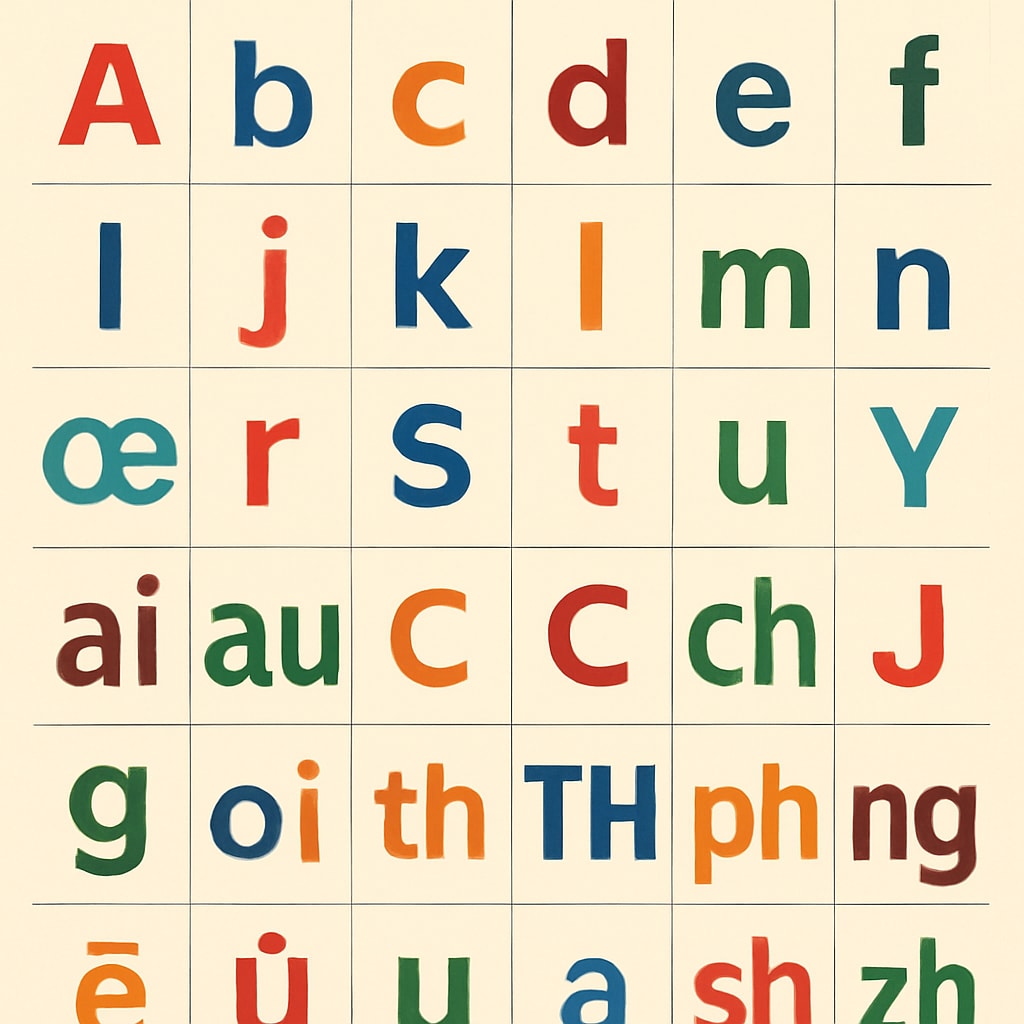The Initial Teaching Alphabet (ITA), introduced in the 1960s and popularized in the 1970s, was a revolutionary teaching method designed to simplify early literacy. By replacing traditional English spelling with a phonetic alphabet, ITA aimed to help children recognize and write words more easily. However, while it succeeded in quickening the pace of initial word learning, it inadvertently caused long-term difficulties in transitioning to standard English spelling. This article explores the origins, purposes, and unintended consequences of ITA, shedding light on its impact on spelling skills and educational practices.
What Was the Initial Teaching Alphabet (ITA)?
The ITA was developed by Sir James Pitman, a British educator, as a response to the complexities of English spelling. Consisting of 44 characters—representing the phonemes (distinct sounds) of spoken English—it aimed to provide a logical and consistent foundation for beginners learning to read and write. Unlike traditional English spelling, which is notorious for its irregularities, the ITA was phonetically consistent, making it easier for children to decode words.
This method was widely adopted in schools across the UK and the US during the 60s and 70s. Proponents believed that the ITA would bridge the gap between spoken language and written text, allowing students to focus on comprehension and fluency before tackling the complexities of standard spelling.

Advantages of ITA: Early Wins in Literacy Development
ITA was initially celebrated for its success in accelerating early literacy. Teachers observed that young learners could quickly identify and pronounce words, leading to a boost in confidence and motivation. The phonetic consistency of ITA also reduced the cognitive load on students, enabling them to focus on understanding text rather than memorizing irregular spellings.
For example, a word like “knight,” which poses challenges in traditional English spelling due to its silent letters, would appear in ITA as “nīt,” aligning seamlessly with its phonetic pronunciation. As a result, many children achieved early reading milestones faster than their peers learning through conventional methods.
The Downside: Long-Term Spelling Challenges
Despite its initial success, the ITA revealed significant drawbacks as students progressed in their education. The transition from the phonetic alphabet to standard English spelling proved to be a major hurdle. Children who had become accustomed to the simplified ITA system often struggled to adapt to the irregularities of traditional spelling, leading to confusion and persistent errors.
For example, a child trained in ITA might spell “enough” as “enuf” or “thought” as “thot,” reflecting the phonetic representations they had learned. These habits were difficult to unlearn, resulting in long-term spelling challenges that extended into adulthood for some learners. Educational researchers began to question whether the short-term benefits of ITA outweighed its enduring disadvantages.

Why Did ITA Fall Out of Favor?
By the late 1970s, the ITA experiment had largely been abandoned in favor of more holistic approaches to literacy education. Several factors contributed to its decline:
- Transition Difficulties: The gap between ITA and standard English spelling created significant challenges for students, undermining their confidence and performance in later grades.
- Teacher Training: Successfully implementing ITA required extensive teacher training, which many schools lacked the resources to provide.
- Parental Concerns: Parents often found ITA confusing and were unable to support their children’s learning at home effectively.
- Research Findings: Studies highlighted the long-term negative effects on spelling and writing, prompting educators to reconsider the method’s efficacy.
As a result, ITA was gradually replaced by more balanced approaches that emphasized phonics alongside exposure to traditional spelling conventions.
Lessons Learned: Balancing Simplicity and Complexity
The rise and fall of ITA offer valuable insights into the complexities of literacy education. While simplifying the learning process can yield immediate benefits, it is essential to consider the long-term implications for students. The ITA experiment underscores the importance of striking a balance between simplicity and complexity, ensuring that early gains do not come at the expense of foundational skills.
Modern approaches to literacy, such as synthetic phonics and balanced literacy, incorporate elements of ITA’s phonetic focus while addressing its limitations. These methods aim to provide students with a strong foundation in phonics while gradually introducing the irregularities of English spelling.
Conclusion: The Legacy of ITA
The Initial Teaching Alphabet remains a fascinating chapter in the history of education. While it demonstrated the potential of phonetic systems to enhance early literacy, it also highlighted the risks of oversimplification in teaching methods. For educators and researchers, ITA serves as a reminder to carefully evaluate the long-term impacts of innovative educational strategies.
By learning from the successes and shortcomings of ITA, educators can continue to refine teaching methods that empower students to master both the art and science of language.
Readability guidance: This article uses short paragraphs, clear headings, and a mix of lists and transitions to enhance readability. Overly long sentences and passive voice have been minimized for clarity.


